Saffron typically costs between $50 and $300 per ounce, depending on quality, origin, and grade. This guide explains why saffron is so expensive, how to choose the best quality, and expert storage and usage tips to get the most value.
Whether you're a home cook making paella or a professional chef crafting gourmet dishes, understanding saffron pricing and proper handling ensures you get the most from this precious spice.
Table of Contents
- Saffron Price Per Ounce Explained
- Why Saffron Costs So Much
- How to Choose Authentic Saffron
- Proper Saffron Storage Techniques
- Maximizing Saffron Usage
- Saffron FAQ
- Final Thoughts
Saffron Price Per Ounce Explained
Saffron pricing varies significantly based on grade and origin. Premium varieties like Negin and Sargol command higher prices due to their superior quality and labor-intensive production. Here's an accurate breakdown of standard saffron grades and their typical price ranges:
| Grade | Price Range (per ounce) | Key Features |
|---|---|---|
| Bunch | $50–$80 | Whole stigmas including yellow style |
| Pushal | $80–$120 | Mainly red stigmas with some yellow style attached |
| Sargol | $120–$180 | Only red stigma tips, no yellow parts |
| Negin | $180–$300+ | Longest, thickest red threads, highest quality |
Always verify the grade labeling when purchasing. Reputable sellers will clearly indicate Sargol or Negin for premium quality, while Bunch and Pushal indicate standard grades.
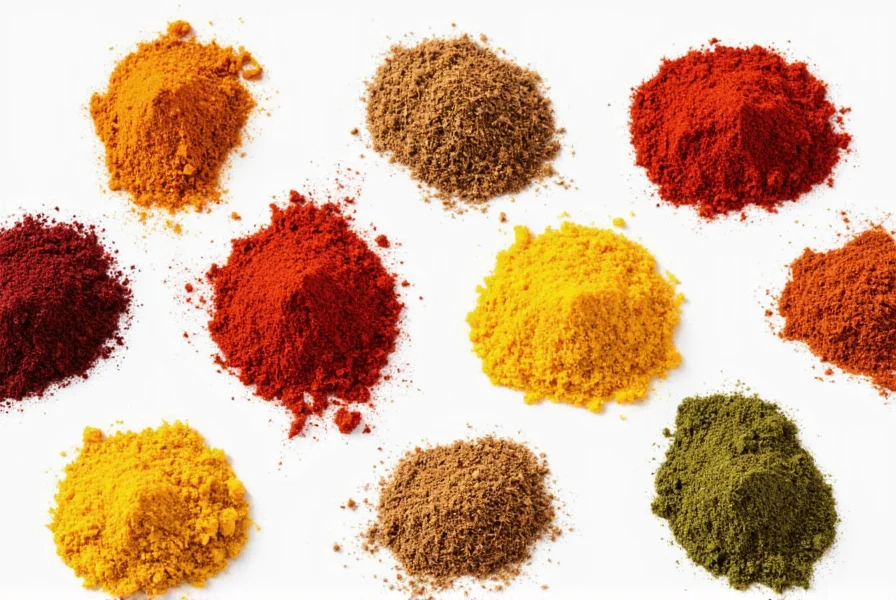
Why Saffron Costs So Much
Saffron's high price reflects its extraordinary production process:
- Hand-Harvested: Each Crocus sativus flower produces only three stigmas, which must be picked by hand at dawn before petals fully open.
- Extreme Labor: It takes approximately 75,000 flowers to produce one pound of saffron (over 225,000 hand-plucked stigmas).
- Time-Sensitive Processing: Stigmas must be dried immediately using precise heat and airflow to preserve color and flavor.
- Climate Limitations: Ideal growing regions are limited to specific areas like Iran, Spain, India, and Greece.
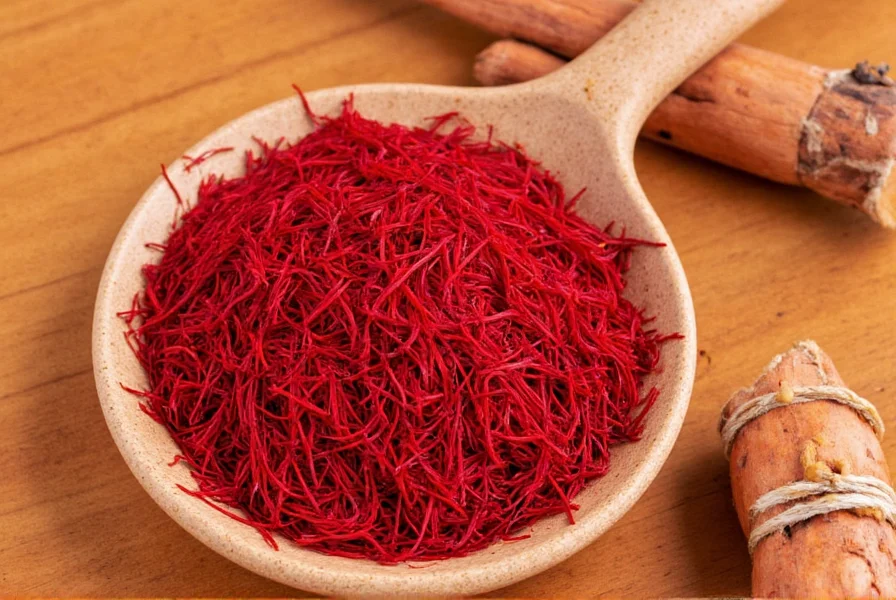
How to Choose Authentic Saffron
When purchasing saffron, look for these key indicators of quality:
Grade Labels to Trust
- Negin: Long, thick red threads with no yellow parts - highest quality
- Sargol: All red stigma tips with no yellow - excellent quality
- Pushal: Mainly red stigmas with some yellow style attached - good quality
- Bunch: Whole stigmas including yellow style - standard quality
Certifications to Verify
- ISO 3632 certification (international quality standard)
- Protected Designation of Origin (PDO) for Spanish La Mancha saffron
Red Flags to Avoid
- Powdered saffron (easily adulterated)
- Bright orange threads (indicates artificial dye)
- No country of origin listed
- Unusually low prices for premium grades
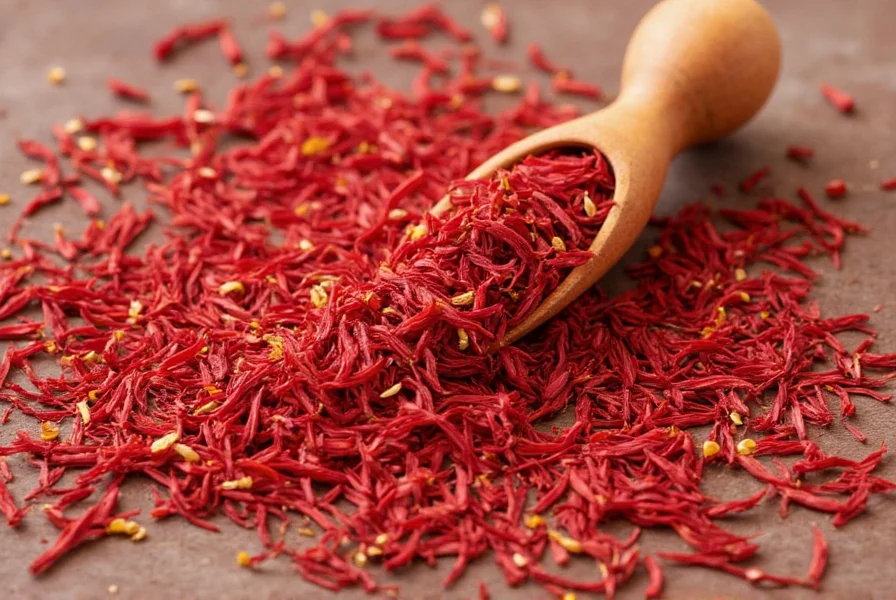
Proper Saffron Storage Techniques
Proper storage preserves saffron's potency and flavor for up to two years:
- Use Amber Glass Jars: Protect from light exposure which degrades saffron compounds
- Airtight Sealing: Prevent moisture and air exposure that causes clumping
- Cool, Dark Location: Store away from heat sources like stoves or ovens
- Include Silica Packets: Absorb moisture to maintain dryness
- Avoid Freezing: Condensation during thawing damages saffron quality
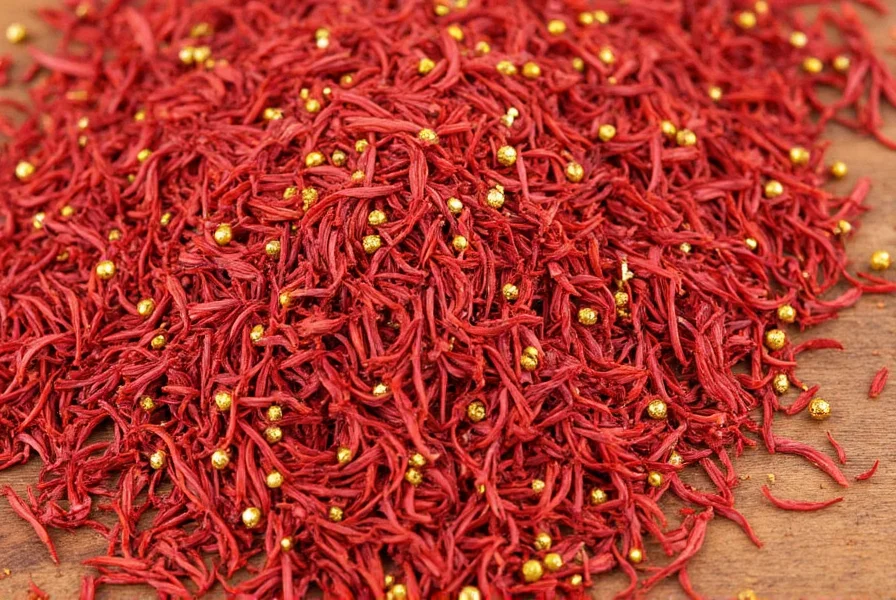
Maximizing Saffron Usage
Use saffron efficiently to get maximum flavor and color from every thread:
- Bloom First: Soak 10-20 threads in warm water or broth for 15 minutes before adding to dishes
- Use Sparingly: A pinch (about 0.1g) is sufficient for most recipes serving 4-6 people
- Add Early: Incorporate during initial cooking stages for best flavor infusion
- Infuse Oils: Heat saffron threads in oil or butter to create concentrated flavor bases
- Create Extracts: Mix crushed threads with vodka or glycerin for long-lasting potency
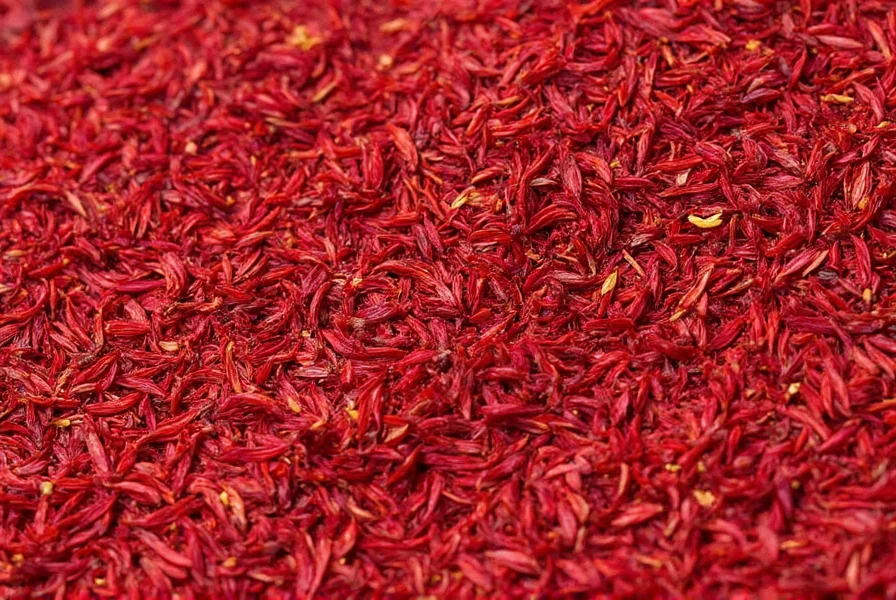
Saffron FAQ
How much does saffron typically cost per ounce?
Saffron typically costs between $50 and $300 per ounce depending on grade. Premium Negin and Sargol grades range from $180-$300+ per ounce, while standard Bunch and Pushal grades cost $50-$120 per ounce. The price reflects the labor-intensive harvesting process where each flower yields only three stigmas.
Why is saffron so much more expensive than other spices?
Saffron is expensive due to its extremely labor-intensive production. It takes approximately 75,000 crocus flowers to produce one pound of saffron (225,000 hand-plucked stigmas). Each flower blooms for only one day and must be harvested at dawn. The stigmas require immediate careful drying to preserve quality, making it the world's most expensive spice by weight.
How can I tell if saffron is authentic and high quality?
Authentic high-quality saffron has deep red threads with no yellow parts (Sargol or Negin grade). Avoid powdered saffron which is easily adulterated. Perform a water test: real saffron slowly releases golden-yellow color, not immediate orange. Check for ISO certification or PDO status for Spanish saffron. Never buy saffron without country of origin listed, and avoid bright orange threads which indicate dye.
How much saffron should I use in recipes?
A little saffron goes a long way - typically 10-20 threads (about 0.1-0.2 grams) is sufficient for most recipes serving 4-6 people. For rice dishes like paella or risotto, a standard pinch (about 20 threads) is usually enough. Always bloom saffron in warm liquid first to maximize flavor extraction. Using too much can create bitter flavors, so start with less and add more if needed.
What's the best way to store saffron to maintain its potency?
Store saffron in an airtight amber glass container in a cool, dark place. Include a silica desiccant packet to absorb moisture. Never freeze saffron as condensation damages quality. Properly stored saffron maintains peak quality for 1-2 years, though it remains safe to use indefinitely with gradually diminishing potency.
Is there a good substitute for saffron if it's too expensive?
While no substitute perfectly replicates saffron's unique flavor, turmeric provides similar yellow color at lower cost (use 1/4 teaspoon turmeric per pinch of saffron). For flavor complexity, combine turmeric with a pinch of paprika or ground annatto seeds. However, for authentic dishes like paella or Persian tahchin, genuine saffron is irreplaceable for its distinctive aroma and flavor profile.
Final Thoughts
Understanding saffron's price structure and proper handling ensures you get the most value from this precious spice. By selecting the right grade, storing it correctly, and using it efficiently, you can elevate your dishes while making your investment last longer.
Whether you're creating classic Spanish paella or luxurious Persian tahchin, treating saffron with care will transform your cooking. Happy cooking!
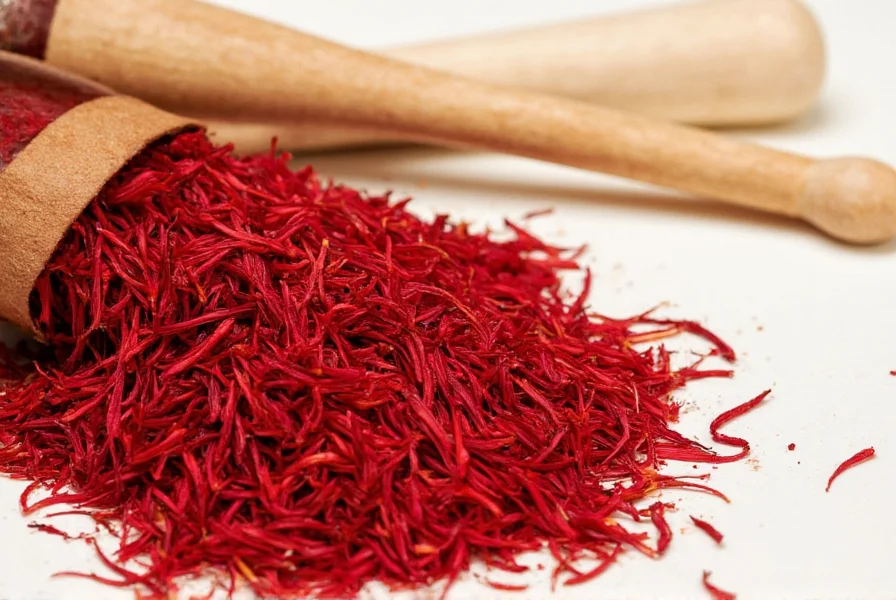

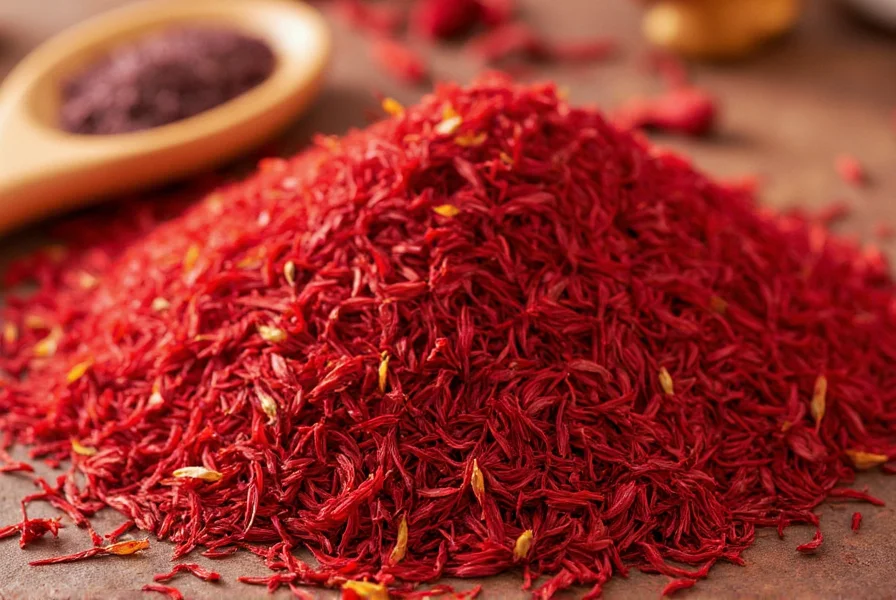









 浙公网安备
33010002000092号
浙公网安备
33010002000092号 浙B2-20120091-4
浙B2-20120091-4